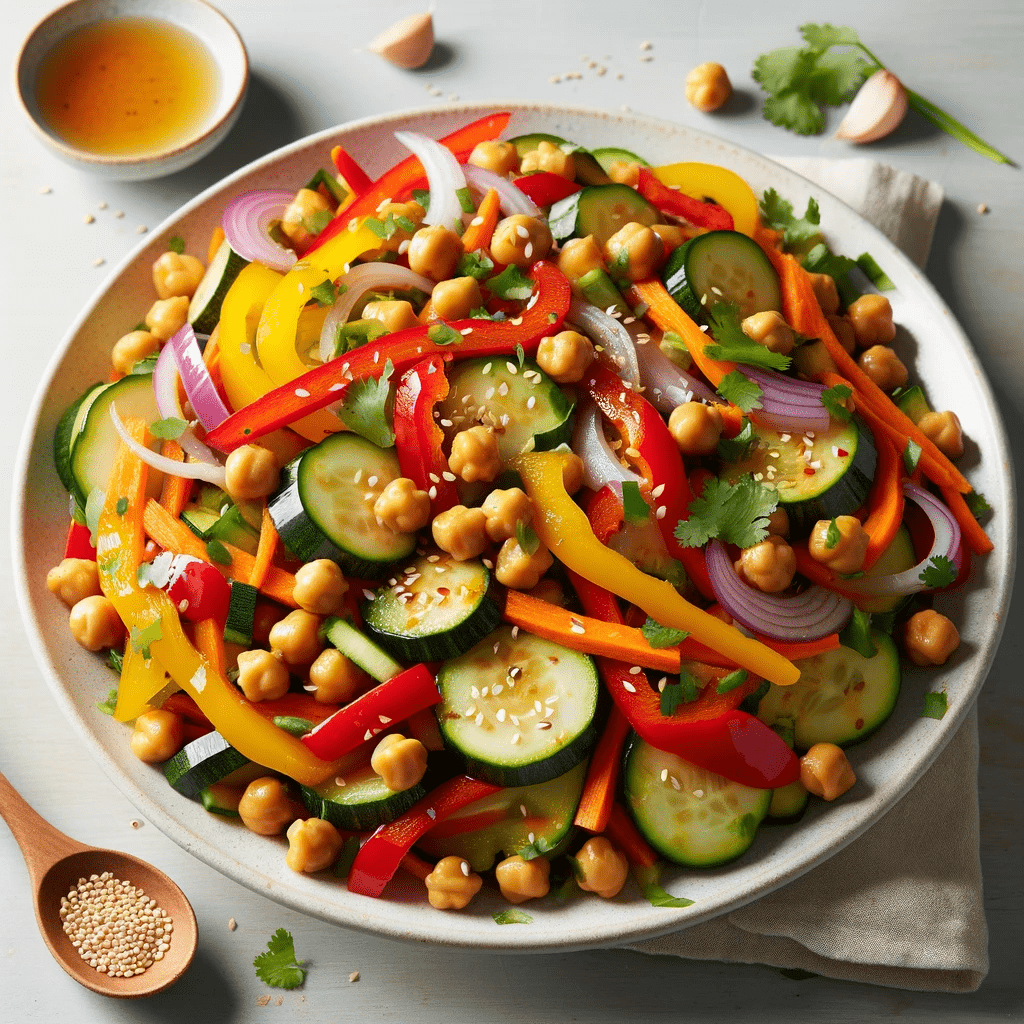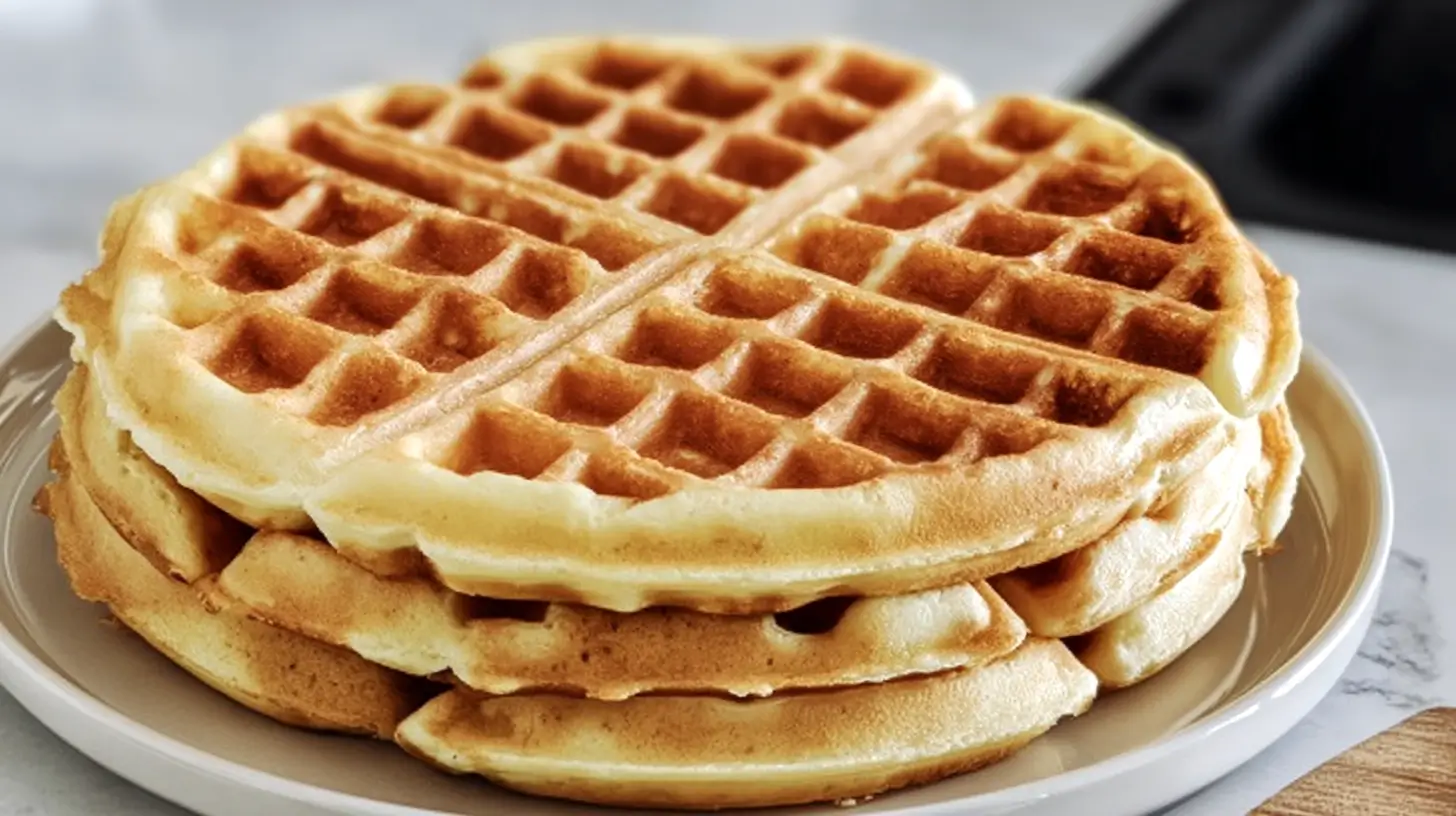
Women are frequently advised about the benefits of a nutritious diet for their overall well-being and long-term health. Including plenty of fiber in our meals is a key part of this healthy eating strategy.
Benefits of a High Fiber Diet for Women
- Digestive Health: Fiber aids in digestion, preventing constipation and promoting a healthy gut. It can also reduce the risk of digestive disorders.
- Weight Management: High-fiber foods tend to be more filling, which can help in controlling appetite and maintaining a healthy weight.
- Blood Sugar Control: Fiber, particularly soluble fiber, helps to slow down the absorption of sugar, aiding in blood sugar control. This is particularly beneficial for women with or at risk of diabetes.
- Heart Health: A fiber-rich diet is linked to a lower risk of heart disease. It helps reduce cholesterol levels and blood pressure.
- Reduced Cancer Risk: Some studies suggest that a high-fiber diet may lower the risk of certain cancers, such as colon cancer.
- Hormonal Balance: Fiber can help in balancing hormones, particularly by aiding in the regulation of estrogen levels, which is crucial for women’s health.
- Skin Health: By helping to remove toxins from the body, a high-fiber diet can also contribute to healthier skin.
- Longevity: Overall, a diet high in fiber is associated with a lower risk of developing chronic diseases, potentially leading to a longer, healthier life.
What exactly is fiber?
Fiber is a carbohydrate that our systems are unable to digest. Unlike other carbohydrates, which are converted down into glucose, fiber travels mainly intact via our digestive system. Fiber is classified into two types: soluble and insoluble. In water, soluble fiber dissolves, creating a gel-like material inhibiting digestion. Insoluble fiber does not dissolve in water and provides weight to the stool, which aids in constipation prevention.
Why is Fiber Beneficial to Women?
Women can benefit greatly from a diet high in fiber. Improved intestinal health is one of the most significant advantages. Soluble fiber aids digestion by reducing the absorption of sugar and cholesterol in the body. Insoluble fiber bulks up the stool, which aids in constipation prevention and promotes regular bowel movements.
Weight management is another advantage of a high-fiber diet. Fiber-rich foods are often low in calories and might help you feel fuller for longer. This can make sticking to a healthy diet and maintaining a healthy weight easier.
A diet high in fiber has also been demonstrated to lower the risk of chronic diseases. Studies have shown that people who eat a lot of fiber are less likely to get heart disease, stroke, and type 2 diabetes. Some cancers, like breast cancer and colon cancer, are less likely to happen if you eat a lot of fiber.
Soluble and Insoluble Fiber
Soluble and insoluble fibers are the two basic forms of fiber. While both types are crucial, they serve different purposes in the body and are present in various diets.
Fiber That Is Soluble
In the intestines, the soluble fiber becomes gel-like after dissolving in water. This kind of fiber can increase feelings of fullness, control blood sugar levels, and lower cholesterol levels. In addition to aiding in weight management, soluble fiber also slows down digestion and nutrient absorption.
Foods High in Soluble Fiber
“An apple a day keeps the doctor away!” We’ve all heard this saying from our moms or grandmas when we were young. It’s a fun way of highlighting how apples, packed with fiber, are great for our digestive health and boosting our immune system.
Insoluble Fiber
Contrarily, insoluble fiber does not dissolve in water and aids in the passage of food through the digestive system. This kind of fiber can encourage regular bowel movements, prevent constipation, and lower the chance of developing particular digestive problems.
Foods high in insoluble fiber:
- whole-grain products
- bread
- pasta
- brown rice
- bran
- nuts and seeds
- cauliflower
- Brussels sprouts
- green beans
Soluble and insoluble fibers are beneficial to your general health. The benefits that each type of fiber brings to the table are different. Women should ingest 25 grams of fiber daily, but many may not get that much in their diets.
To prevent constipation and support digestive health, it’s crucial to increase fiber intake while also drinking lots of water. Additionally, gradually integrating fiber into your diet can aid in reducing bloating and other digestive discomforts.
What Fiber-Rich Foods Are There?
There are numerous fiber-rich foods. Here are some of the greatest fiber sources:
Vegetables and fruits
Fiber-rich foods include fruits and vegetables. Raspberries, pears, and apples are some of the best high-fiber fruits. Fiber-rich vegetables include broccoli, Brussels sprouts, and artichokes.
Complete Grains
Whole grains are also a good source of fiber. Quinoa, barley, and brown rice are some of the greatest whole grains for fiber. Fiber is also found in whole-grain bread, pasta, and crackers.
Legumes
Legumes, such as lentils, chickpeas, and black beans, are high in fiber. They are also high in protein and can be used in a variety of meals, including soups, stews, and salads.
Nuts and seeds are abundant in fiber and omega-3 fatty acids. Almonds, chia seeds, and flaxseeds are some of the greatest high-fiber nuts and seeds.
Supplements
A fiber supplement could be helpful if you’re not getting enough fiber from your diet. Psyllium husk, methylcellulose, and wheat dextrin are just a few examples of the many fiber supplement types available.
How to Include Fiber-Rich Foods in Your Diet
Begin slowly
It is critical to begin slowly if you are not used to eating a high-fiber diet. Allow your body to acclimatize by gradually introducing high-fiber foods. Too much fiber consumed too rapidly can cause intestinal discomfort.
Include Fiber in Your Meals
The best method to incorporate high-fiber foods into your diet is to incorporate them into your meals. Beans and lentils, for example, can be added to soups, stews, and salads. Fruits and vegetables can also be added to smoothies, cereal, and yogurt.
Select Whole Grains
When it comes to grains, choose whole grains like brown rice, quinoa, and whole wheat bread. These have more fiber than processed grains.
Nuts and Seeds as a Snack
Nuts and seeds are an excellent source of fiber. Instead of packaged snacks, try munching on almonds, walnuts, or pumpkin seeds.
Examine the Labels
When shopping, always be sure to read labels and choose foods high in fiber. Choose meals that have at least 3 grams of fiber per serving.
Drink a lot of Water
Drink plenty of water as you increase your fiber intake. Because fiber absorbs water, it is critical to stay hydrated to avoid constipation and intestinal pain.
61 High-Fiber Foods (with the amount of fiber per serving)
- Split Peas (cooked) – 16.3 grams per cup
- Lentils (cooked) – 15.6 grams per cup
- Black Beans (cooked) – 15 grams per cup
- Lima Beans (cooked) – 13.2 grams per cup
- Baked Beans (canned) – 10.4 grams per cup
- Artichokes (cooked) – 10.3 grams per artichoke
- Green Peas (cooked) – 8.8 grams per cup
- Raspberries – 8 grams per cup
- Blackberries – 7.6 grams per cup
- Avocado – 6.7 grams per half
- Pear (with skin) – 5.5 grams per medium pear
- Bran Flakes – 5.5 grams per cup
- Whole Wheat Pasta (cooked) – 6.3 grams per cup
- Oatmeal (cooked) – 4 grams per cup
- Broccoli (cooked) – 5.1 grams per cup
- Turnip Greens (cooked) – 5 grams per cup
- Brussels Sprouts (cooked) – 4.1 grams per cup
- Sweet Corn (cooked) – 4.2 grams per cup
- Figs (dried) – 14.6 grams per cup
- Quinoa (cooked) – 5.2 grams per cup
- Almonds – 3.5 grams per ounce
- Chia Seeds – 10.6 grams per ounce
- Flaxseeds – 2.8 grams per tablespoon
- Apples (with skin) – 4.4 grams per medium apple
- Bananas – 3.1 grams per medium banana
- Carrots (raw) – 3.6 grams per cup
- Beetroot (cooked) – 3.8 grams per cup
- Collard Greens (cooked) – 7.6 grams per cup
- Spinach (cooked) – 4.3 grams per cup
- Oranges – 3.1 grams per medium orange
- Strawberries – 3 grams per cup
- Barley (cooked) – 6 grams per cup
- Brown Rice (cooked) – 3.5 grams per cup
- Chickpeas (cooked) – 12.5 grams per cup
- Edamame (cooked) – 8.1 grams per cup
- Kidney Beans (cooked) – 11.3 grams per cup
- Lentils (cooked) – 15.6 grams per cup
- Pistachios – 2.9 grams per ounce
- Sunflower Seeds – 3.9 grams per ounce
- Pumpkin Seeds – 1.7 grams per tablespoon
- Bulgur (cooked) – 8.2 grams per cup
- Wild Rice (cooked) – 3 grams per cup
- Buckwheat (cooked) – 4.5 grams per cup
- Whole Wheat Bread – 2 grams per slice
- Popcorn (air-popped) – 3.6 grams per cup
- Pearled Barley (cooked) – 6 grams per cup
- Teff (cooked) – 2.8 grams per cup
- Amaranth (cooked) – 5.2 grams per cup
- Millet (cooked) – 2.3 grams per cup
- Spelt (cooked) – 7.6 grams per cup
- Kamut (cooked) – 7.4 grams per cup
- Farro (cooked) – 5.5 grams per cup
- Sorghum (cooked) – 6.3 grams per cup
- Rye Bread – 1.9 grams per slice
- Pumpernickel Bread – 2 grams per slice
- Multigrain Bread – 2 grams per slice
- Navy Beans (cooked) – 19.1 grams per cup
- White Beans (cooked) – 18.6 grams per cup
- Adzuki Beans (cooked) – 17 grams per cup
- Green Beans (cooked) – 4 grams per cup
- Cauliflower (cooked) – 2.9 grams per cup
This list gives you a bunch of different high-fiber foods to add to what you eat. Just keep in mind, the amount of fiber can change a little depending on how you cook them and how much you serve.
High-Fiber Chickpea and Vegetable Stir-Fry
This Chickpea and Vegetable Stir-Fry is a yummy, fiber-rich dish that’s both nutritious and bursting with flavors. Packed with fresh vegetables and protein-rich chickpeas, it’s perfect for a health-conscious meal that doesn’t skimp on taste.
Serving Size: 4 servings
Ingredients:
- 2 tablespoons olive oil
- 1 large onion, chopped
- 2 cloves garlic, minced
- 1 red bell pepper, sliced
- 1 yellow bell pepper, sliced
- 1 zucchini, sliced
- 1 carrot, julienned
- 1 can (15 ounces) chickpeas, drained and rinsed
- 2 tablespoons soy sauce
- 1 tablespoon honey (or maple syrup for a vegan option)
- 1 teaspoon ground ginger
- Salt and pepper to taste
- 2 tablespoons chopped fresh cilantro (optional)
- 1 tablespoon sesame seeds (optional)
Instructions:
- Heat olive oil in a large skillet or wok over medium heat.
- Add onion and garlic, sautéing until the onion is translucent.
- Add the red and yellow bell peppers, zucchini, and carrot to the skillet. Stir and cook for about 5 minutes until the vegetables are tender but still crisp.
- Stir in the chickpeas.
- In a small bowl, mix together soy sauce, honey, and ground ginger. Pour this mixture over the vegetables and chickpeas in the skillet.
- Cook for another 2-3 minutes, stirring occasionally, until everything is heated through and coated with the sauce.
- Season with salt and pepper to taste.
- Garnish with chopped cilantro and sesame seeds before serving.
Tips:
- Feel free to swap in or add other vegetables like broccoli, snap peas, or spinach for even more nutrients and fiber.
- For an extra kick, add a pinch of red pepper flakes.
- This dish pairs wonderfully with brown rice or quinoa for an additional fiber boost.
- Leftovers can be stored in the refrigerator for up to 3 days and make a great lunch option.
Enjoy this colorful and healthy stir-fry, knowing you’re feeding your body with fiber-rich, wholesome ingredients!

Final Thoughts on High-Fiber Foods Good for Your Diet
For women, eating a diet rich in fiber brings many benefits. It not only boosts digestive health and aids in managing weight, but also cuts down the risk of chronic illnesses like heart disease and diabetes. To enjoy these advantages, you can start by slowly adding high-fiber foods to your meals and making sure you drink plenty of water.



